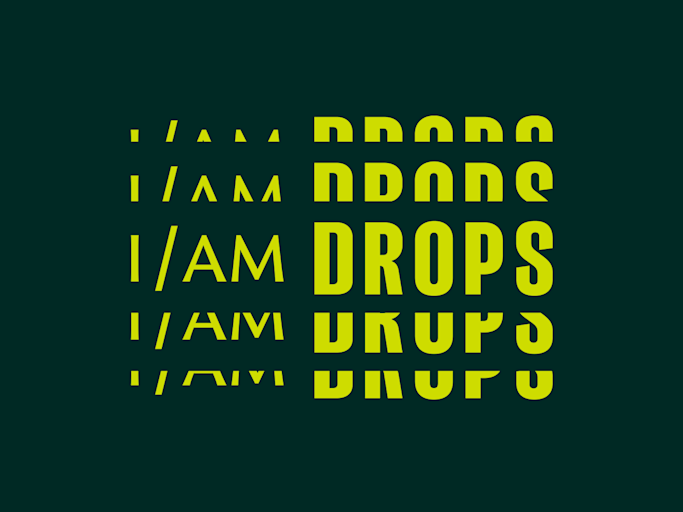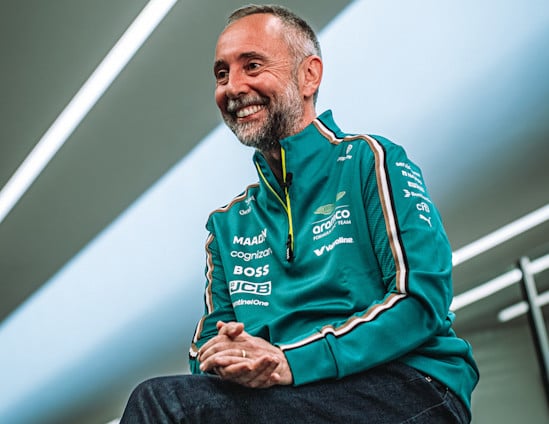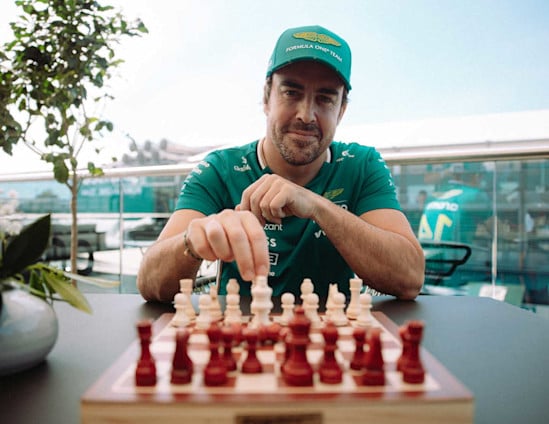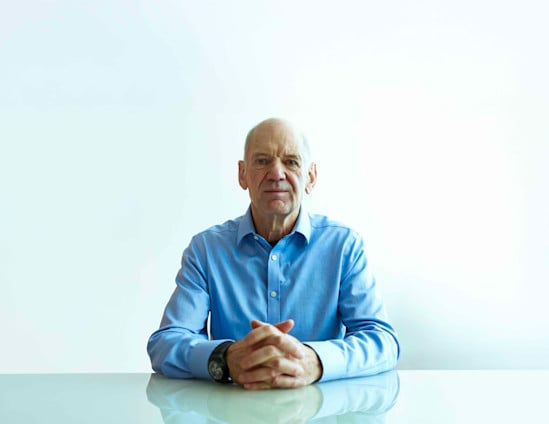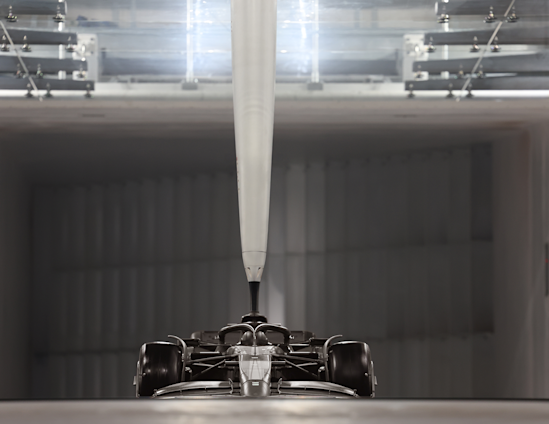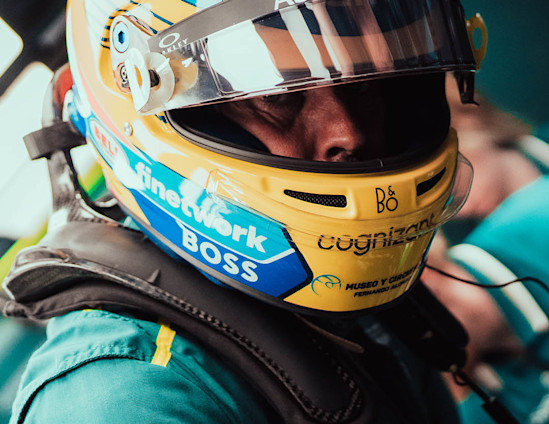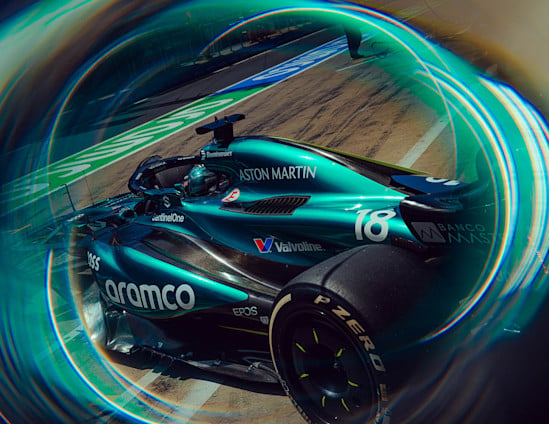
Our new Chief Technical Officer opens up about his 'different' perspective and very clear vision for the team, leaving Ferrari, and his excitement for 2026 and what's to come for Aston Martin Aramco in F1's new era.
Enrico Cardile has been described as the final piece of the puzzle that is the Aston Martin Aramco Formula One Team's technical leadership, but where does he fit into the picture, and what does that picture look like? In the latest instalment of our candid UNDERCUT interview series, we spoke to Enrico to find the corners and fill in some edges.
But first, a bit of background. Our new Chief Technical Officer is an aerodynamicist. Born in Tuscany, he studied aerospace engineering at the University of Pisa, before joining Ferrari, where he worked initially in GT racing. He moved to the F1 team in 2016 as Head of Aero Development, then swiftly rising through the ranks to become Technical Director, Chassis.
He's a key figure in our expansion, with his recruitment announced in July 2024. His subsequent gardening leave has passed, he's swapped Rosso Corsa for Racing Green and is pitching straight into the 2026 project. He's a man with a plan – and plenty of ideas about what's required to make Aston Martin Aramco successful when F1 begins a new era next year, which he's now sharing in the UNDERCUT...
Enrico, let's start with the basics: can you outline the job description of Chief Technical Officer? What does it involve? What does the typical day-to-day look like for you?
"The job description is not difficult to describe. I'm in charge of all development of the car. Basically, all of the activities involved with designing the car and developing the tools we need to improve its performance. The role goes from the initial concept to aero development and vehicle dynamics – it includes the wind tunnel, CFD, and validation tools.
"Describing the day-to-day is more difficult because there is absolutely no routine. I'm a lucky man in this respect. I get to be involved in discussions all week and get to see how various projects are maturing and progressing. It's very exciting, highly dynamic, and I love it. It's not repetitive at all, and it is absolutely addictive. I get paid for following my passion so, as I say, lucky."
Whenever I'm in a meeting, I shouldn't be the expert voice. If I am, something is going wrong.
The team has assembled an impressive roster of 'big-name' technical signings. How is the team organised to stop people treading on one another's toes?
"We have no problems in this respect – the issue, if anything, is the opposite: we're trying to find the best way of collaborating, and blending our efforts, rather than working in silos. This is key for us – and for any F1 team: sharing information, creating something that's richer than the sum of the parts. It's certainly not a problem having all of these good engineers in the same building, working together.
"Everyone has a clear remit, and people aren't trying to do one another's jobs. The key to making it work is the flow of information through the organisation. This has to be good. We need to get the integration right to avoid the misunderstandings that lead to rework, time wasted, performance lost.
"It is a very stimulating place to work. There's a huge amount of engineering talent in the team. The principle for me is that, whenever I'm in a meeting, I shouldn't be the expert voice. If I am, something is going wrong. The people I'm talking to, the specialists, should be the best in their field. Rather than me providing them with solutions on request, I should be exploiting their skillset, their knowledge, their experience."
So, what's your role in those meetings?
"Vision. I bring the vision of the organisation, I bring clarity, I bring decision-making. If I'm doing my job correctly, the role is to be asking the right question at the right moment, hopefully understanding the answer and making a decision accordingly."
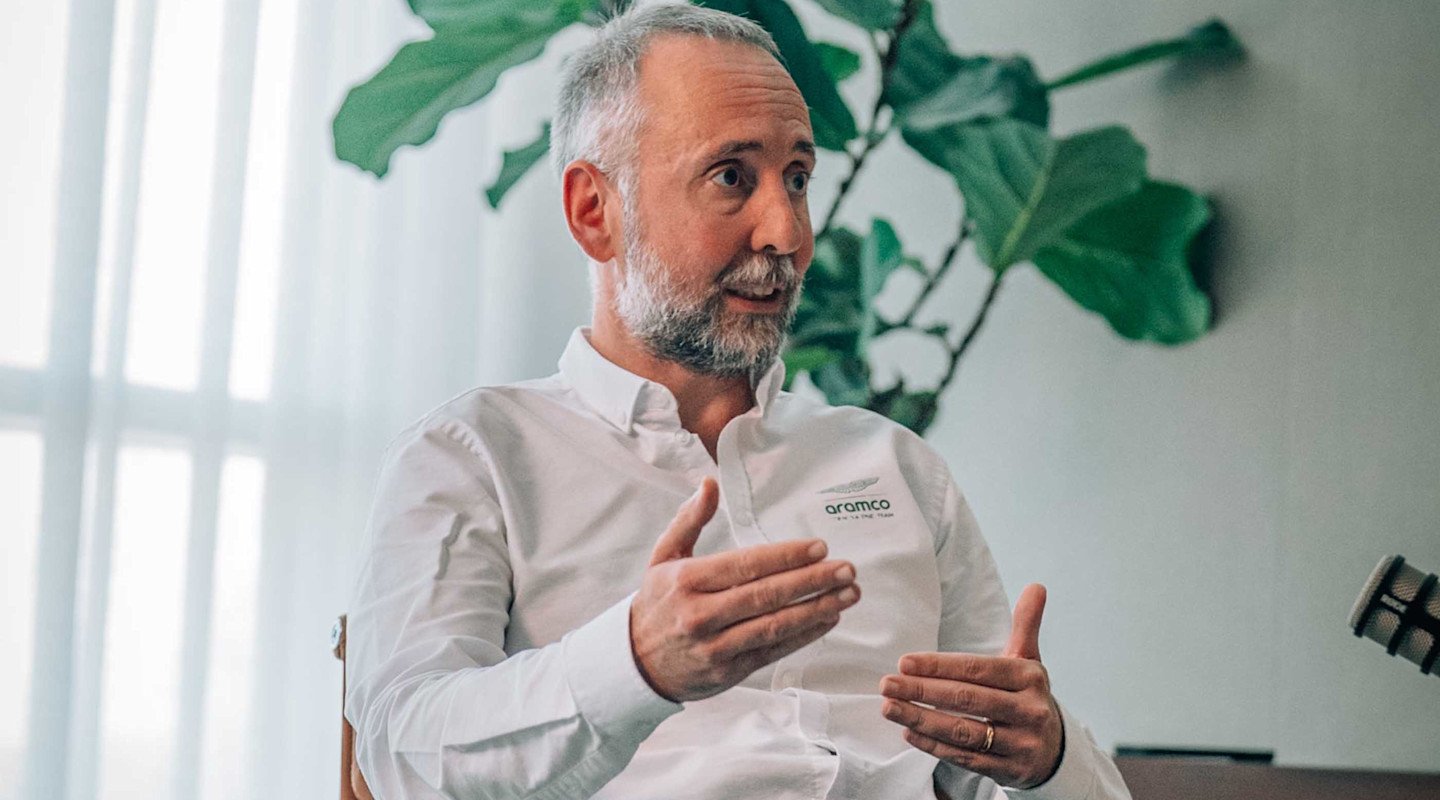
Are you someone who needs to have all the information before making a decision? Do you ever go with your gut?
"I think I'm well-balanced in that respect. I'm not scared of making decisions, and I don't need to have 100 per cent of the information available. Sometimes, in an F1 team, you need to make a decision with the information you have... and then keep working on the problem. If we find out one or two weeks later, thanks to more information, more analysis, that the decision was wrong, I have no problem changing direction.
"Ultimately, what matters is winning. It's not about who got it wrong or right, and it's not a culture of blame. That applies to everyone: there's nothing wrong with changing our minds and changing direction. We have to keep the end goal in mind: it's not about being right or wrong at the start, it's about winning at the end."
I couldn't have the focus this job demands if my life were split between Italy and here.
Will we see you at the track this year?
"I'm not planning on attending any races this year. There's so much work to be done here at the AMR Technology Campus, and the activity around the 2026 car has my full focus. Next year though, yes, you'll see me at the track."
And what do you think of the AMR Technology Campus?
"The first time I stepped into the CoreWeave Wind Tunnel, it really was breathtaking. It's a powerful piece of technology, but it's also a work of art. That extends across the Technology Campus to many of the facilities here.
"There is huge potential to be exploited, but we need to work hard. It’s not simply a matter of turning a key: getting the best out of these facilities is a big job. But that's okay; there are dedicated people here with a clear roadmap, clear priorities for a step-by-step improvement that will allow us to use everything better this week than we did last week."
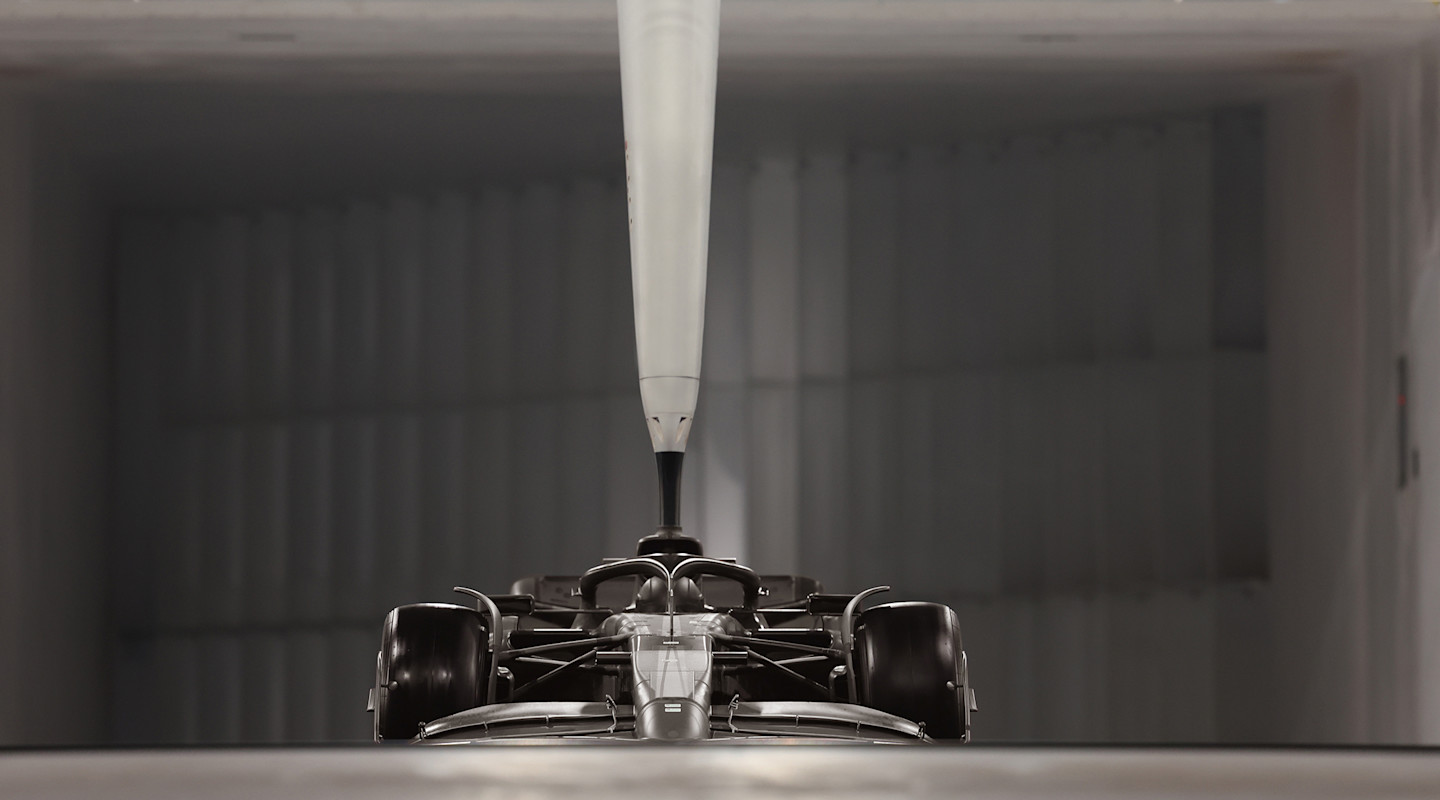
The AMR Technology Campus is your new place of work, but have you moved to England?
"Yes. I want to be fully committed, fully focused, with no distractions. I'm completely here now, my wife is two-thirds here, one-third in Italy, but soon to be 100 per cent in the UK. I couldn't have the focus this job demands if my life were split between Italy and here.
"To be clear, I decided to join Aston Martin Aramco and move my life to the UK because this is an amazing project with an incredible commitment and strong will to win from the owner. You can look at the Technology Campus and see it as a demonstration of the energy and commitment Lawrence Stroll is putting into the project. I fell in love with his determination, his vision – and the Technology Campus he's built to realise it."
You can't simply copy what someone else is doing because that means being a follower, rather than a leader, and that's not the route to success.
An Italian who leaves Ferrari – that's a big thing. Your career to date has all been at the Scuderia. Is there a culture shock moving to Aston Martin Aramco?
"I think there is a difference in culture. The targets are the same: everyone is focused on winning, but the F1 team at Ferrari has a very long and stable history, with established processes and tools. Here, we're still building up these things. We have the new CoreWeave Wind Tunnel, the new simulator, and we need to work to exploit the potential of these things. We also need to develop the processes within the company for the way we work, building a lean organisation that avoids waste.
"It's one of the first messages I gave to my team when I started: we need to find our identity and use our vision to shape the organisation so that it works the way we want it to work. It's fine to take inspiration from other places, but copying the way it has been done elsewhere is not the thing to do.
"We need to build something that is based on our strengths and allows us to work on our weaknesses. We want to be the reference, not a clone of the existing reference. You can't simply copy what someone else is doing, however successfully they're doing it, because that means being a follower, rather than a leader, and that's not the route to success.
"It's a work in progress that is moving forward step by step. I have a clear vision and a clear plan, agreed with Andy Cowell, with Adrian Newey, with Lawrence, for what we need to do to improve the organisation."
Other members of the technical leadership have been recruited from other teams. Presumably, there's a fresh perspective that you bring?
"I don't know if it is fresh, but inevitably it will be different. Every time a new person joins the organisation, at whatever level, they bring a different way of doing things, based on whatever positive experiences they've had elsewhere. It's down to the organisation to understand those and pull out the ones that can improve the way we're working. It's a dynamic process, but the team is always enriched by it."
You mention CEO and Team Principal Andy Cowell and Managing Technical Partner Adrian Newey. How does the structure work? Who do you report to?
"I report to both. One or the other, according to the different elements of the work, but both are my bosses. Again, I'm a lucky man. It's an amazing team, and I'm surrounded by special people."
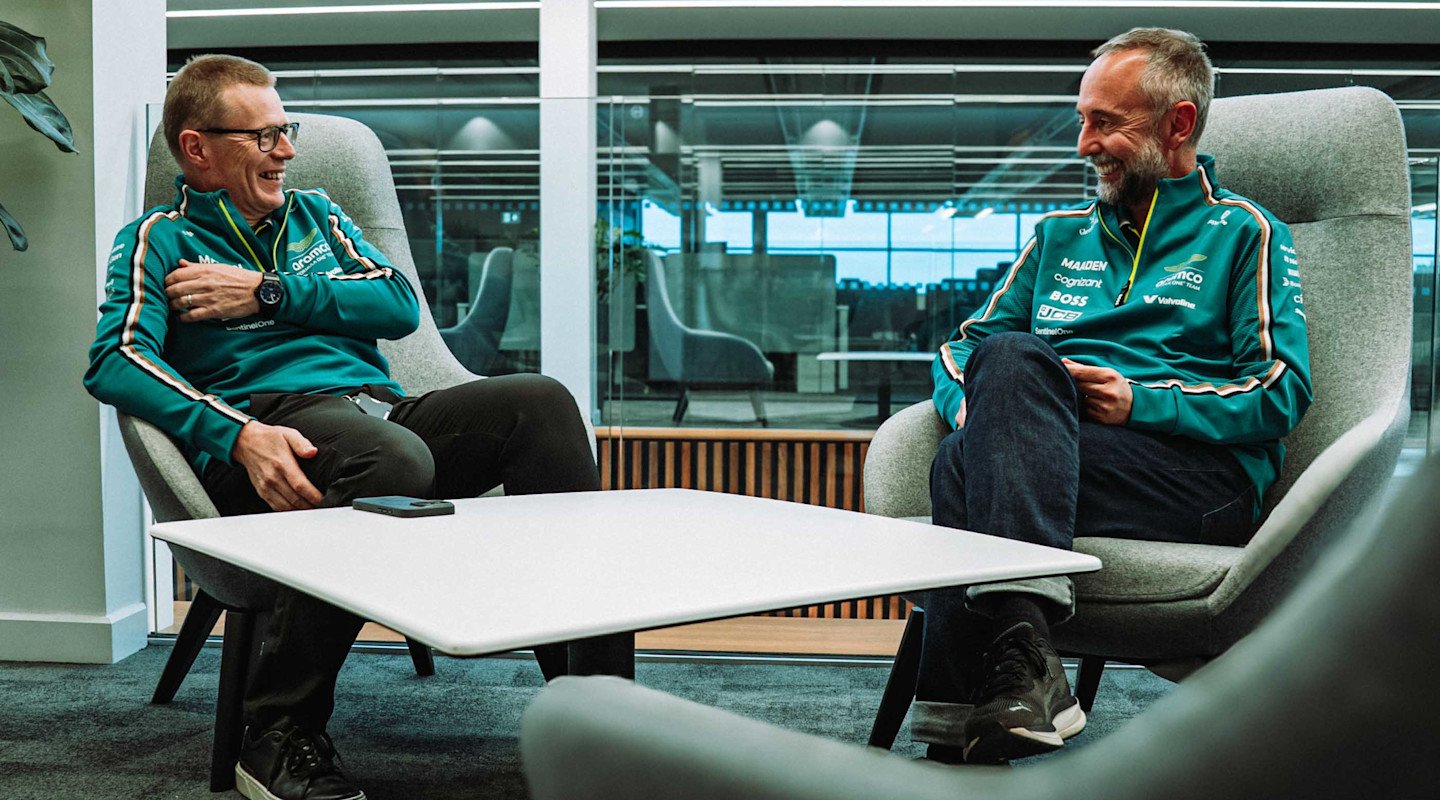
Andy has talked about making the team a 'creative, chaotic innovation machine'. How do you go about something like that?
"It comes back to being the reference. We need to do stuff differently from other teams, and to do that, we need to be innovative and not mind that this process will come with a bit of chaos. We have to manage the chaos because it will bring positives and greater innovation than if we were an extremely structured, rigid organisation. That wouldn't bring a lot to the car.
"This way is more stimulating. We're never going to be satisfied, never going to be happy, because once something works, we'll already be looking for what comes next. We'll push people – in a positive manner – and set ambitious targets. We’ll back our people and stay close to them, work hard to understand why they're hitting difficulties, and discover what the organisation can do to solve those problems.
"The idea is that no one will be left without help, and that the difficult challenges aren't a problem for the person to solve by themselves, but for the organisation to figure out. We've got to be a big family to get results. It's in this continuous and positive push that I can contribute to stimulating innovation, chaos, and creativity."
We're going to get it right next year. I just don't know if we're going to get it right for the first race, the second, the seventh, or whatever.
2026 represents, of course, a huge reset for F1 with a new aerodynamic formula and a new powertrain concept. How does this philosophy fit into that project?
"It's going to be a big departure from what we have now. A lot is changing. The aerodynamic concept is changing completely; the reduced minimum weight will be an enormous challenge for everyone. There is a new power unit, there is new fuel. It's a lot of variables up in the air – and that makes it very difficult to forecast where everyone is going to land.
"We have clear targets in mind for what we want to achieve, and we're pushing very hard to explore our options. It's an interesting task. Some of it is about understanding where to gamble: there are development directions that might not yield positive results straight away, but may help us reach ambitious final targets. We're making some bets.
"It's worth noting that this isn't a project that finishes when the car launches next year. Of course, we want to have a quick car at the start of 2026, and right now we're trying to use the remaining time we have to exploit what we've learned to the best of our abilities but, on the other hand, we have a long-term project: we're working on the organisation, improving our tools, improving our processes, changing the way people are working together. In a word, we're working on the culture of the team."
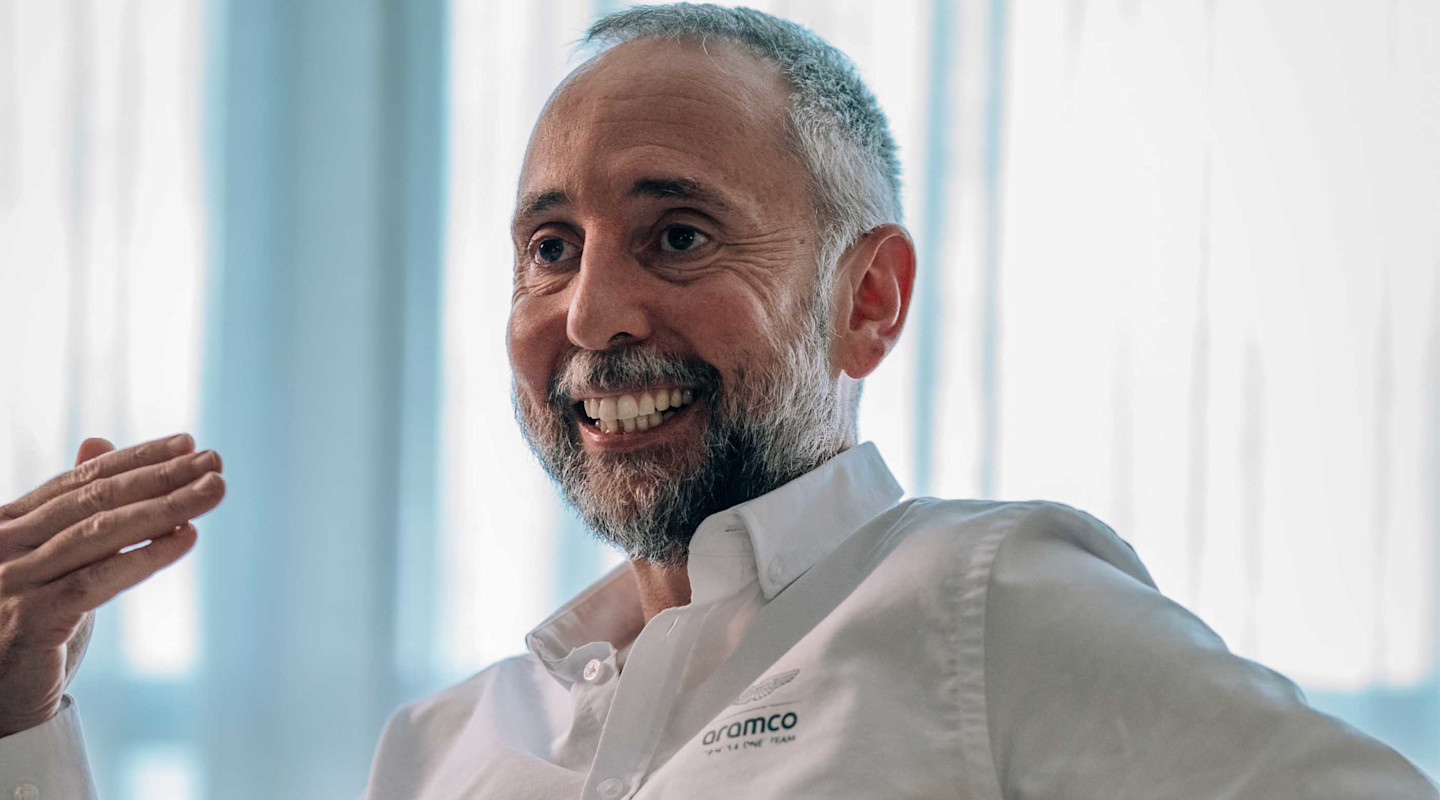
When you think about the new era, what comes into your head?
"Excitement. Definitely. Not just for our car. I'm looking forward to seeing the other 10 cars, to see everyone's performance, to know if we're in a good position and have to keep pushing to keep the advantage or if we need to keep pushing to catch teams that are quicker than us. It will be exciting.
"...but it's also exciting now. Because we don't know where we'll be, nothing we do now can be enough. We can't be satisfied with good results from a wind tunnel session or a successful weight reduction exercise because we don’t have a reference. That's true at any time, but especially true at the start of a new cycle. For the last few seasons, everyone has been able to see the gaps and know what they need to achieve to put themselves in a better position. For next year, everything is up in the air.
"We're going to get it right next year. I just don't know if we're going to get it right for the first race, the second, the seventh, or whatever. What we have is commitment, focus, and the confidence that it will be right. We have all we need to do a great job. Failure is not an option."
Amplify your fan experience
From exclusive collabs to once-in-a-lifetime prizes, I / AM DROPS is a new series of unique and ultra-limited moments and fan experiences.
Sign up for I / AM or sign in to unlock.
